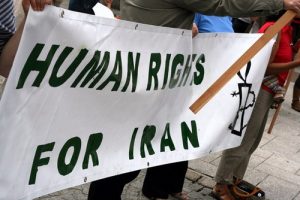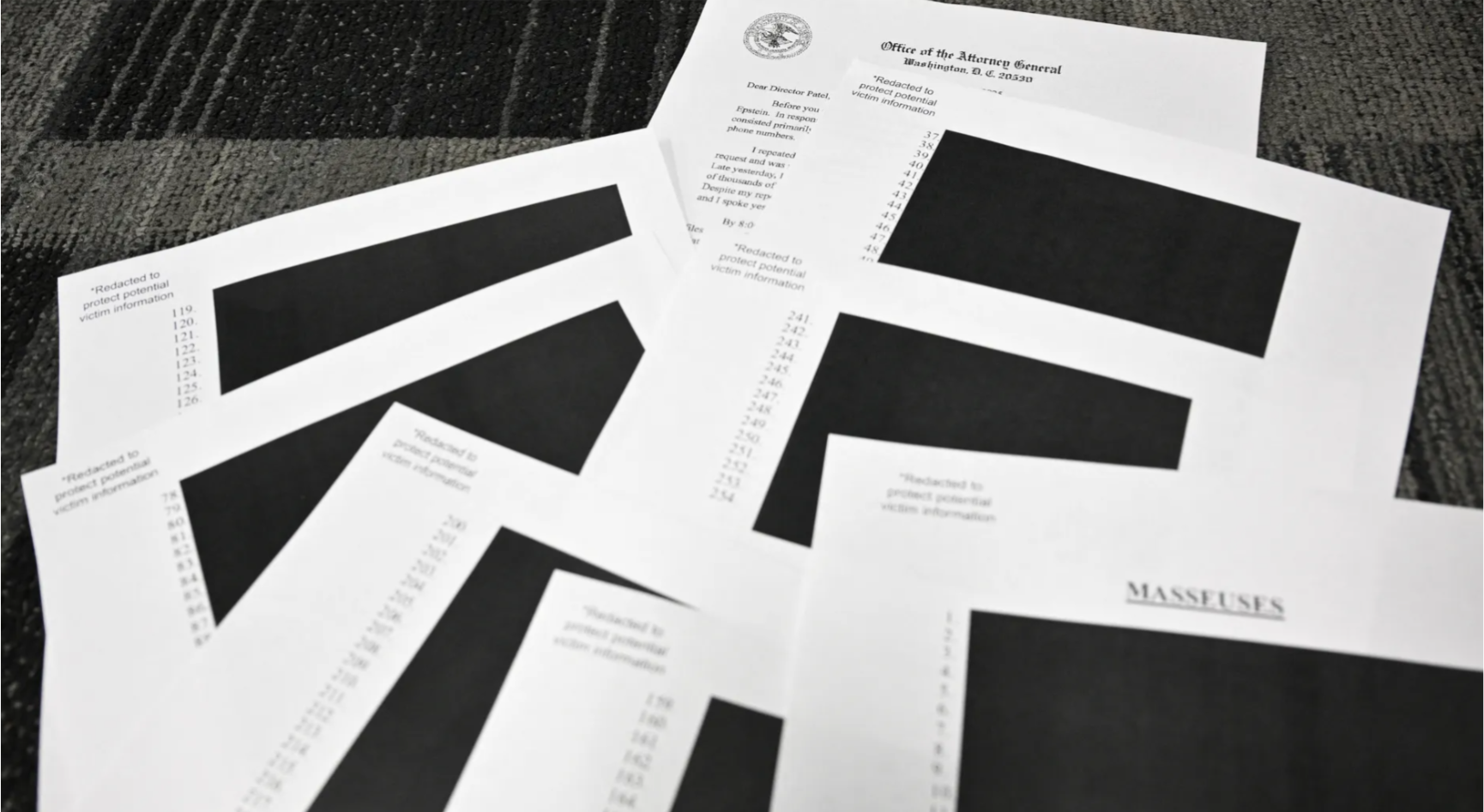(ThyBlackMan.com) Commendably, the Donald Trump administration is set to initiate a new Iran policy, which will be announced in October. Such change is imperative.
The flawed nuclear agreement in 2015, provided too many concessions, including tens of billions of dollars to the Iranian regime, following decades of deceit and lying in pursuit of the nuclear bomb.
Tehran’s nuclear program continues, and its military sites remain off limits to inspectors. But more than that, the Obama administration’s agreement has resulted in more egregious conduct by the ayatollahs, in terms of sponsoring terror and Islamic extremism, cooperating with North Korea in pursuit of ballistic missiles, and cracking down on domestic dissent.
The new policy will reportedly include clipping the Iranian regime’s wings in Syria and Iraq, plus more pressure on Tehran in response to its repeated ballistic missile tests.
During her White House press briefing alongside National Security Advisor H.R. McMaster on September 15, the US Ambassador to the United Nations, Nikki Haley articulately said: “Now more than ever, human rights matters. We say all the time if the government does not take care of its people, bad things will happen.”
Iran is a prime example. It remains the country with the highest reported rate of executions per capita and “since the beginning of the year at least four children have been put to death, and at least 89 other children remain on death row.”
In some cases, specific instances of human rights abuse have become rallying points for comprehensive movements to bring totalitarian regimes to justice. This was the case, for instance, with the massacre of thousands of Chilean dissidents following the coup by General Augusto Pinochet. Iran has a similar archetype for the current regime’s abuse.
In an effort to stamp an overwhelmingly popular pro-democracy movement, in summer of 1988, the clerical regime’s founder, Ruhollah Khomeini, issued a fatwa ordering that all the regime’s political prisoners who did not repent should be summarily executed, without mercy.
As a result of the edict, “death commissions” were set up in prisons throughout the country, with the mandate to hold minutes-long trials of existing political prisoners and determine which of them would remain loyal to democratic resistance. Over the course of a single summer, some 30,000 political prisoners, the vast majority of them activists of the main Iranian opposition movement, the People’s Mojahedin Organization of Iran (PMOI/MEK) were sent to the gallows and were secretly buried in mass graves.
The ayatollahs enforced a conspiracy of silence on the 1988 massacre for nearly 30 years. But in August 2016, an audio recording was released of a meeting held in 1988 with Khomeini’s heir-apparent at the time, Hossein Ali Montazeri, who lambasted the officials responsible for the massacre, condemning the incident as “the worst crime of the Islamic Republic.”
Since last year the 1988 massacre has been a major social issue in Iran, and the campaign calling for justice for the victims of the 1988 massacre has expanded both in Iran and abroad. All efforts to neutralize this movement have failed, putting the regime in a corner. In June, Supreme Leader Ali Khamenei publicly warned that the critics were calling the wrong party victims.
The 1988 massacre is the hallmark of the Iranian regime’s dreadful human rights abuses, and none of the regime’s factions can or want to distance themselves from this crime.
In his first term as the president, Hassan Rouhani appointed Mostafa Pour-Mohammadi, a member of the Death Commission, as his Justice Minister. Now, in his second term, he has appointed Alireza Avaie as Minister of Justice, another perpetrator of the massacre in the southern province of Khuzistan. The European Union has already designated and sanctioned him for being directly involved in violations of human rights.
After a 28-year hiatus, the UN Special Rapporteur on the situation of human rights in Iran raised the issue of 1988 massacre in her report to the UN Secretary General in September. “Overwhelming evidence shows that thousands of persons were summarily killed. Recently, these killings have been acknowledged by some at the highest levels of the State,” she reported.
Yet, there has never been an independent, international investigation of the massacre, which according to many legal experts constitutes one of the biggest crimes against humanity since World War II. And the ayatollah’s impunity has continued.
The Donald Trump administration should place human rights at the center of a new Iran policy.
Specifically, Ambassador Haley, who has shown exemplary moral authority and principled firmness at the UN, should demand that a UN commission investigate the 1988 massacre. This fall’s UN General Assembly will see a new censure resolution on Tehran’s human rights abuses, and this is the best place to start demanding such an investigation.
Doing so will send a very strong and unmistakable signal to the Iranians at home and abroad that the US has adopted a new policy that is morally oriented and stands on their side.
It will also demonstrate to the regime’s top officials that the era of impunity is over.
It will place the US on the moral high ground in dealing with its European partners when it comes to Iran policy.
The Iranian opposition leader Maryam Rajavi has described this as a “litmus test” of the international community’s adherence to human rights principles.
The US can strike the Achilles’ heel of the ayatollahs at no cost and at no peril by focusing on their abuses at home. And there is nowhere better to start than demanding a UN investigation of the1988 massacre during this session of the UN General Assembly.
Written By Ken Blackwell
Official website; http://twitter.com/kenblackwell

















Leave a Reply